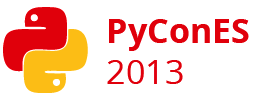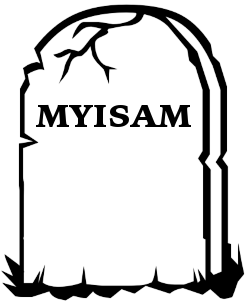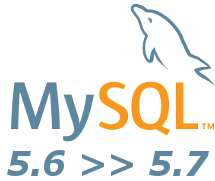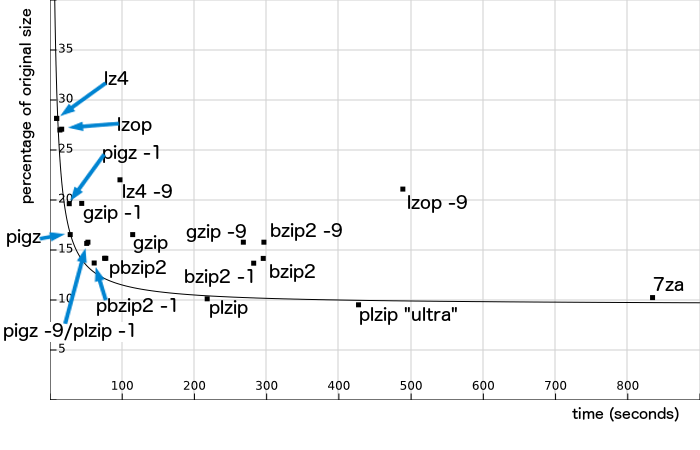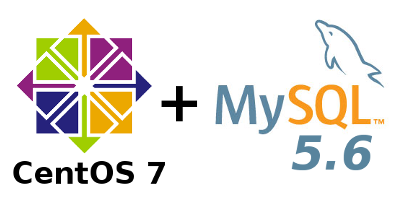Next Saturday, 8 November 2014, at 19:30 I will be speaking about MySQL Fabric for PyConES 2014 (the Spanish version of the PyCon), the annual meeting point for all developers and enthusiasts of Python in Spain. While I say myself
My Talk at PyConES 2014 Zaragoza about MySQL Fabric
